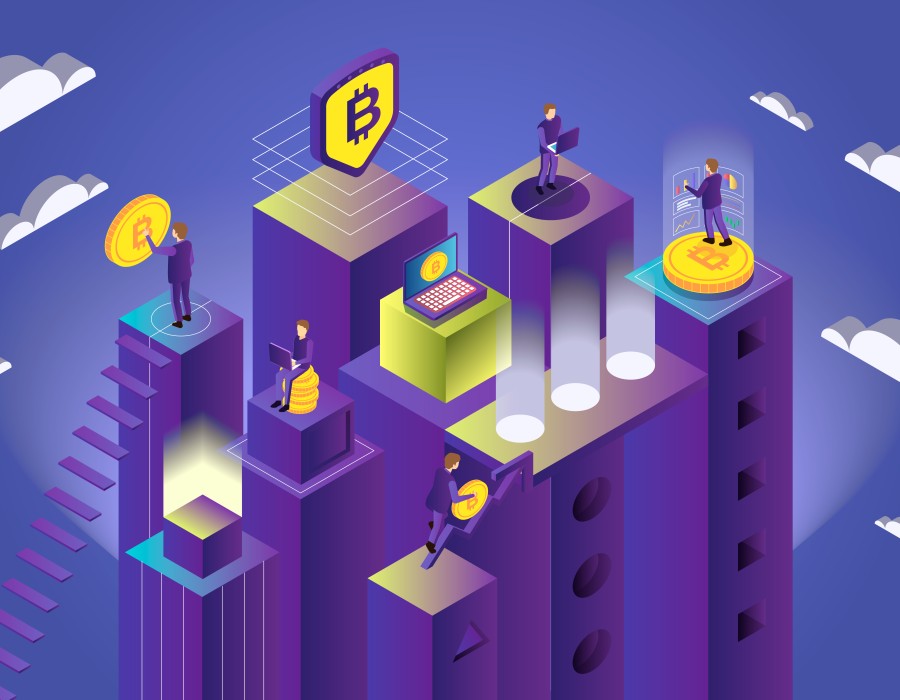In the dynamic landscape of blockchain technology, Flow emerges as a promising platform offering developers an innovative approach to building decentralized applications (DApps). This complete guide is tailored for developers eager to dive into the world of blockchain app development on Flow. From understanding the fundamentals to deploying your first app, this article provides step-by-step insights, tools, and resources to streamline your journey.
Getting Started with Flow Blockchain
What is Flow Blockchain?
Flow blockchain, developed by Dapper Labs, is a fast, secure, and developer-friendly platform designed to support the next generation of decentralized applications. With its unique architecture and features like multi-role architecture and resource-oriented programming, Flow offers a scalable solution for building high-performance DApps.
Why Choose Flow for Building Blockchain Apps?
Flow stands out for its scalability, developer-friendly infrastructure, and robust security features. Unlike traditional blockchain platforms, Flow's architecture ensures high throughput without compromising decentralization, making it ideal for applications requiring real-time interactions and large-scale user engagement.
Exploring the Flow Playground
Before diving into development, familiarize yourself with the Flow Playground – a web-based environment for writing, deploying, and testing smart contracts. The Playground provides a sandbox environment where developers can experiment with code, simulate transactions, and debug their applications before deployment.
Understanding Smart Contracts on Flow
Introduction to Cadence Programming Language
Cadence is Flow's resource-oriented programming language designed specifically for developing smart contracts. Its syntax promotes safety, security, and readability, making it easier for developers to write and audit smart contracts efficiently.
Writing Your First Smart Contract
Let's start by writing a simple smart contract in Cadence. We'll create a basic token contract that allows users to mint, transfer, and query token balances. By following along and experimenting with the code snippets in the Flow Playground, you'll gain hands-on experience with Cadence and smart contract development.
Building a Blockchain App on Flow: A Complete Guide
Setting Up Your Development Environment
Before embarking on your blockchain app development journey, ensure you have the necessary tools and dependencies installed. Here's a checklist to guide you:
- Install the Flow CLI for interacting with the Flow blockchain.
- Set up a local emulator for testing smart contracts offline.
- Choose an integrated development environment (IDE) such as Visual Studio Code for writing and debugging code efficiently.
Designing Your Application Architecture
A well-defined architecture is crucial for building scalable and maintainable blockchain applications. Consider the following architectural components:
- Frontend Interface: Design a user-friendly interface for interacting with your DApp.
- Smart Contracts: Implement business logic and data storage using Cadence smart contracts.
- Backend Services: Integrate external APIs or services for additional functionality.
- Blockchain Infrastructure: Deploy and manage smart contracts on the Flow blockchain.
Implementing Core Features
Identify the core features of your blockchain app and prioritize their implementation. Whether it's tokenization, decentralized finance (DeFi) protocols, or non-fungible tokens (NFTs), leverage Flow's capabilities to bring your ideas to life.
Testing and Deployment
Thorough testing is essential to ensure the reliability and security of your blockchain app. Utilize automated testing frameworks and tools like Flow's emulator to simulate real-world scenarios and identify potential vulnerabilities. Once testing is complete, deploy your smart contracts to the Flow mainnet or testnet, depending on your requirements.
Conclusion
Embark on your journey to building innovative blockchain applications on Flow with confidence. By following this comprehensive guide, you'll gain the knowledge, tools, and resources needed to unleash the full potential of decentralized technology. Start exploring, experimenting, and creating groundbreaking solutions that push the boundaries of what's possible in the decentralized ecosystem.





Comments